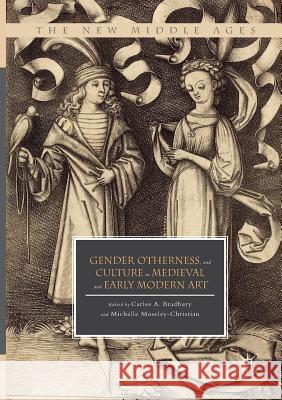Gender, Otherness, and Culture in Medieval and Early Modern Art » książka
topmenu
Gender, Otherness, and Culture in Medieval and Early Modern Art
ISBN-13: 9783319879369 / Angielski / Miękka / 2018 / 244 str.
Kategorie:
Kategorie BISAC:
Wydawca:
Palgrave MacMillan
Seria wydawnicza:
Język:
Angielski
ISBN-13:
9783319879369
Rok wydania:
2018
Wydanie:
Softcover Repri
Ilość stron:
244
Waga:
0.32 kg
Wymiary:
21.01 x 14.81 x 1.4
Oprawa:
Miękka
Wolumenów:
01
Dodatkowe informacje:
Wydanie ilustrowane











